Table of Contents
Kawazu Seven Falls
The Kawazu Seven Falls (Kawazu Nanadaru in Japanese) were awarded two stars in the world-famous Michelin Green Guide Japan (6th revised edition) in February 2020, and they are highly recommended as an attraction for active people.
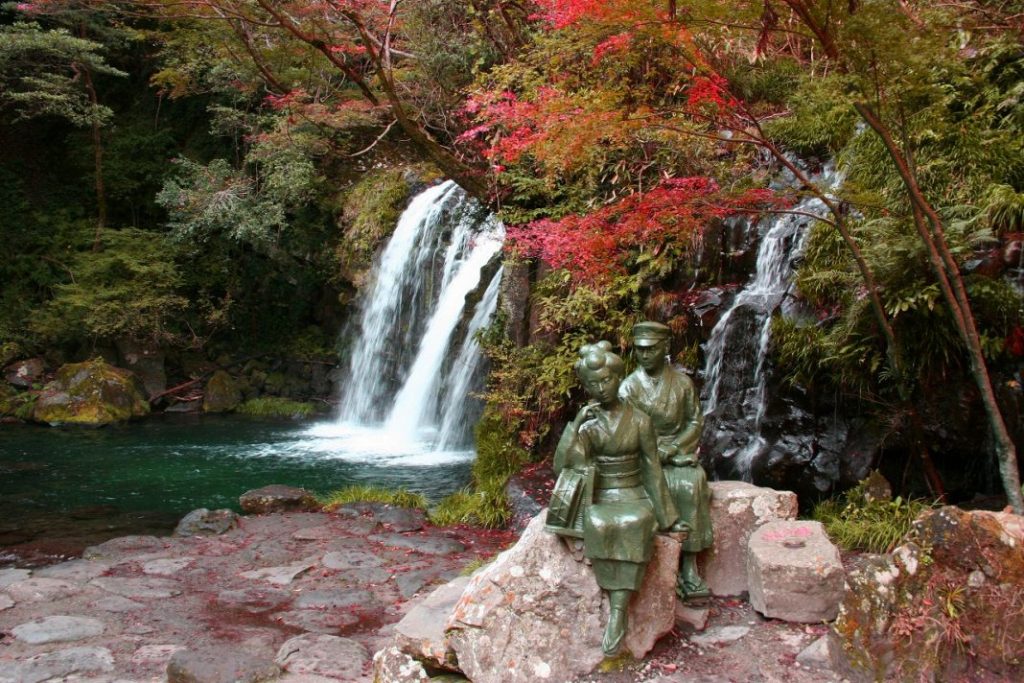
The Kawazu Seven Falls are famous as the setting for Kawabata Yasunari’s short story The Dancing Girl of Izu.
You can see all seven of the waterfalls if you spend around an hour walking along the promenade. The area is also known for its picturesque fall foliage, and the Amagiji Momiji Festival – or Amagiji Maple Festival – is celebrated here every autumn.
“Kawazu Seven Falls” is the collective name for the seven waterfalls of Odaru, Deaidaru, Kanidaru, Shokeidaru, Hebidaru, Ebidaru and Kamadaru. As you might have guessed, the suffix -daru means “waterfall.”
Odaru is the highest of all the Kawazu Seven Falls, while Shokeidaru has been adorned with a bronze statue called The Dancing Girl and I.
Touring the Seven Falls is a great activity not only for the physically fit and active, but also for those who want to relax and get a full-body experience of nature.
The sound of the running waterfalls, the negative ions, and the greenery of the trees have a tremendous healing effect. With the arrival of autumn, many tourists come to take in the beautiful changing colors of the foliage.
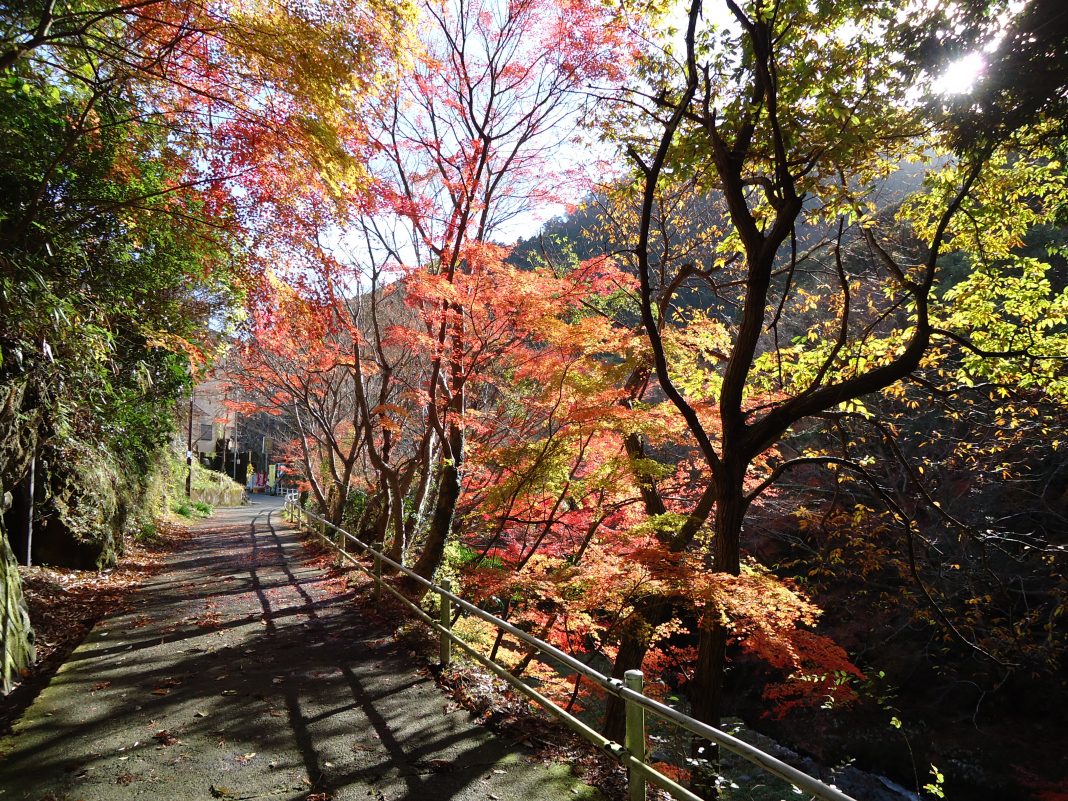
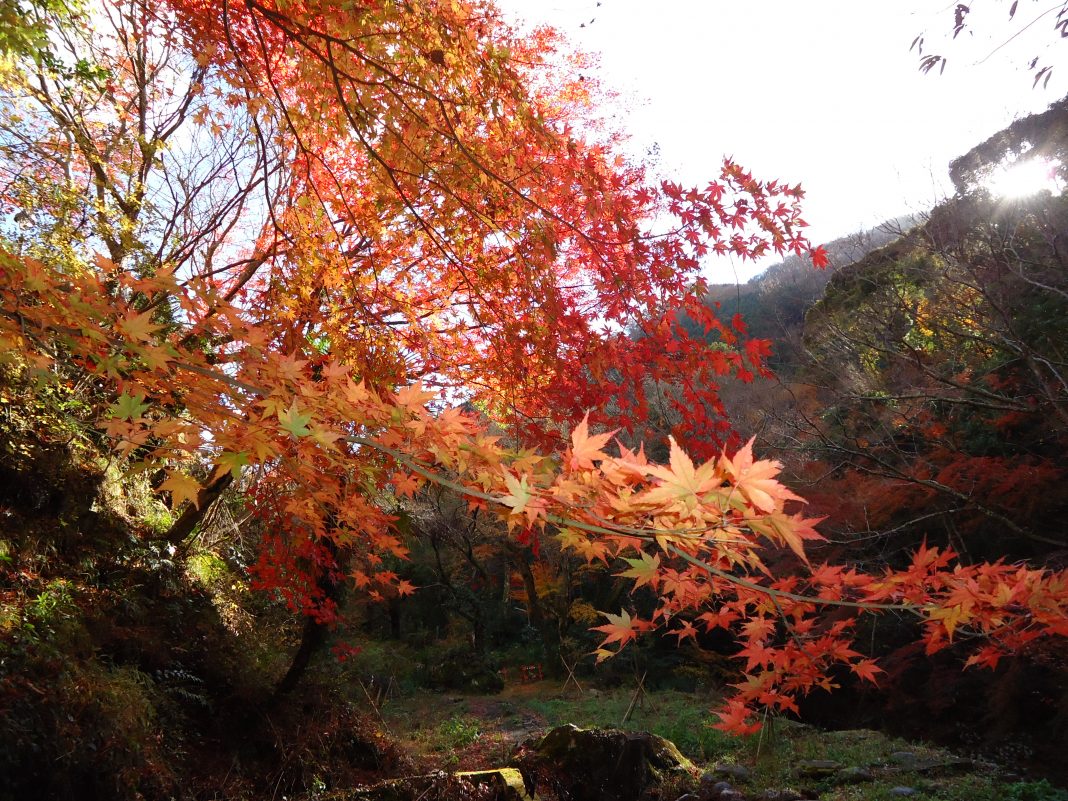
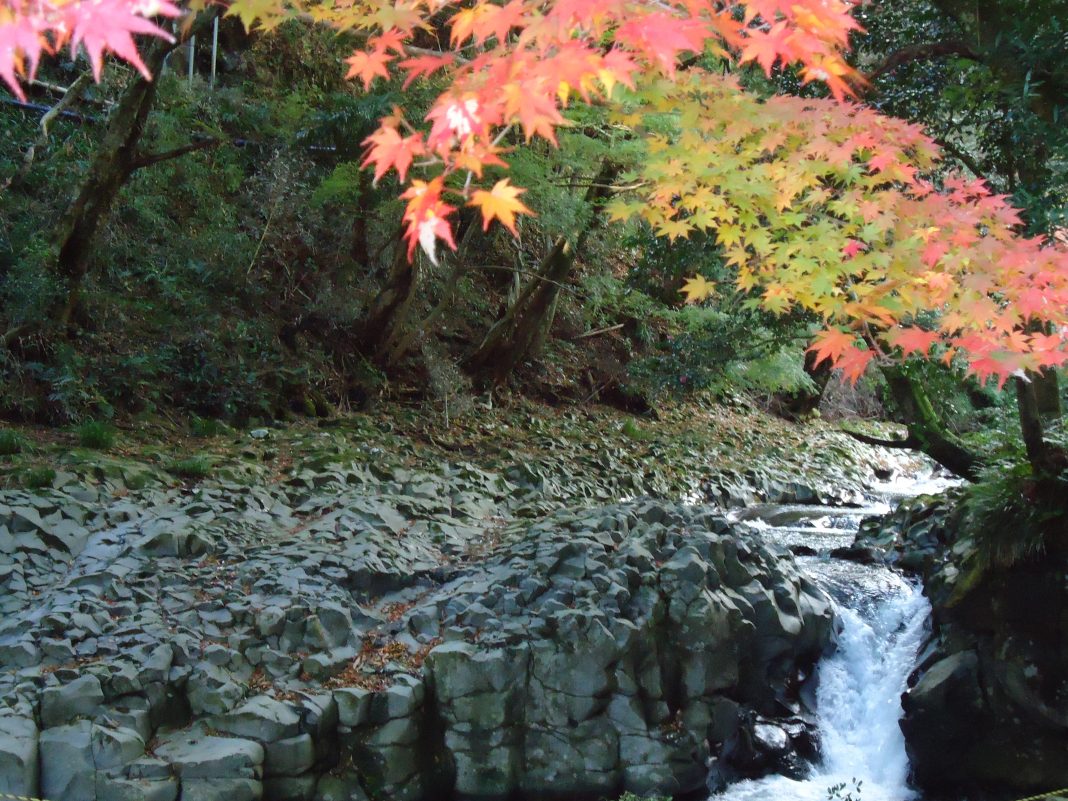
Touring the Seven Falls
Kamadaru Falls
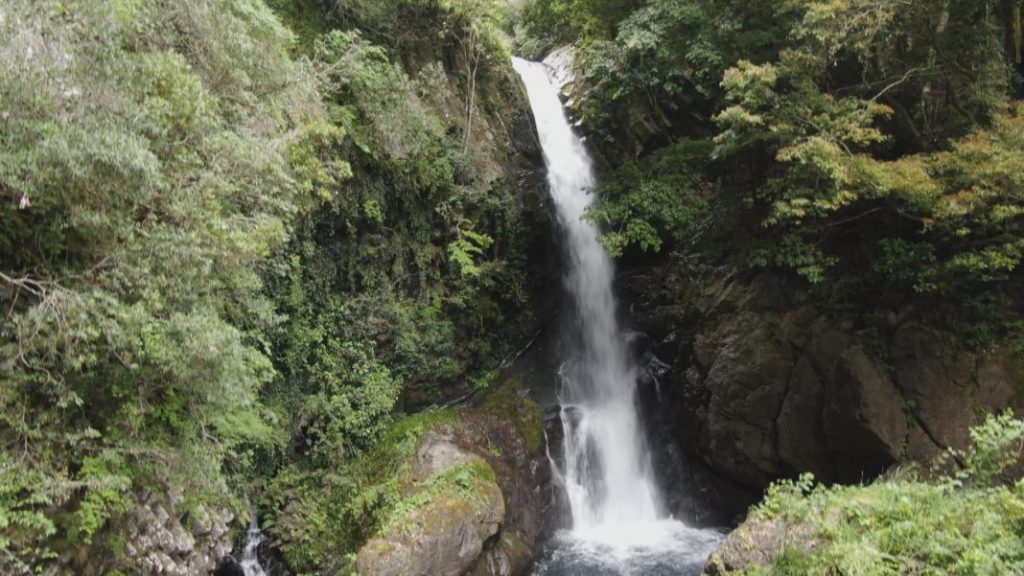
Kamadaru is a dynamic, powerful waterfall, where you can feel the negative ions coursing through your whole body.
With a drop height of 22 meters and a width of 2 meters, it’s a sight to behold.
Around the waterfall you can see many rocks shaped like pillars. These are called “columnar joints,” and they were created when molten lava cooled and contracted.
The shapes of these columnar joints seem to give Kamadaru its power. The waterfall is said to have been given the name “Kamadaru” because its basin reminded people of the bottom of a cauldron, or kama.
It is the second-biggest of all the Seven Falls, second only to Odaru Falls.
Ebidaru Falls
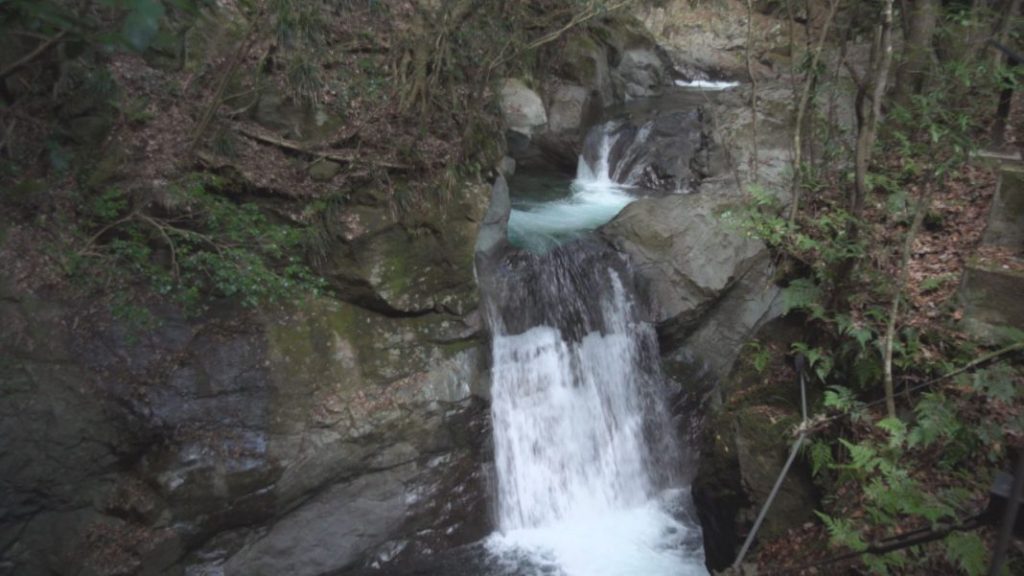
This waterfall got its name from how it’s shaped like the tail fin of a shrimp (ebi in Japanese). It has a drop height of 5 meters and width of 3 meters, and can be seen from the suspension bridge nearby. I’m sure you’ll agree that it’s true. It does look like a shrimp’s tail fin!
Hebidaru Falls

This waterfall got its name from how the patterns in the rocks around it look like the scales of a snake (hebi in Japanese).
These scales are another example of columnar joints. Opposite this 3-meter-long, 2-meter-wide waterfall is the Kawazu Odoriko Takimi Bridge, where you can go to get a good look at these snake scales.
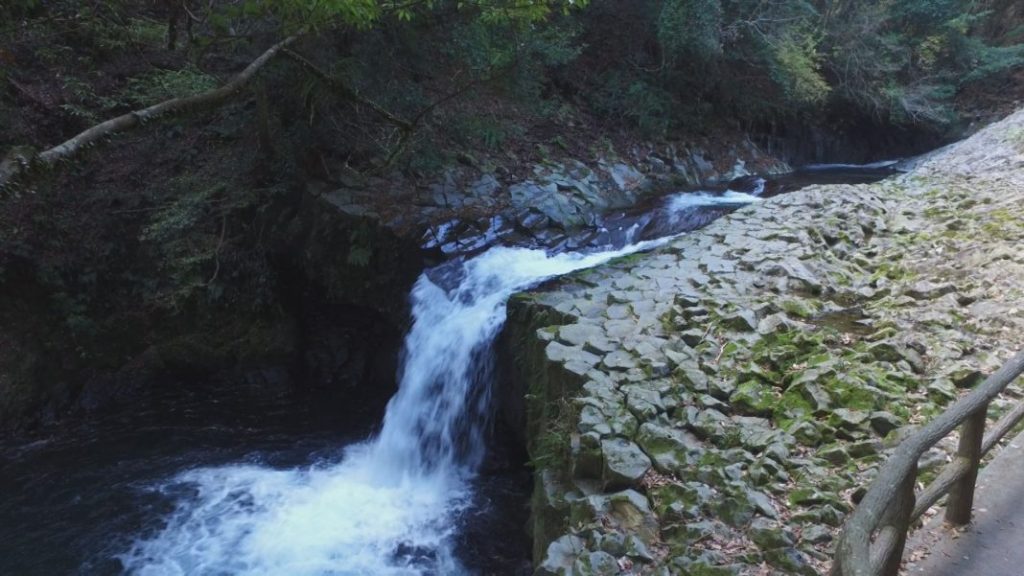
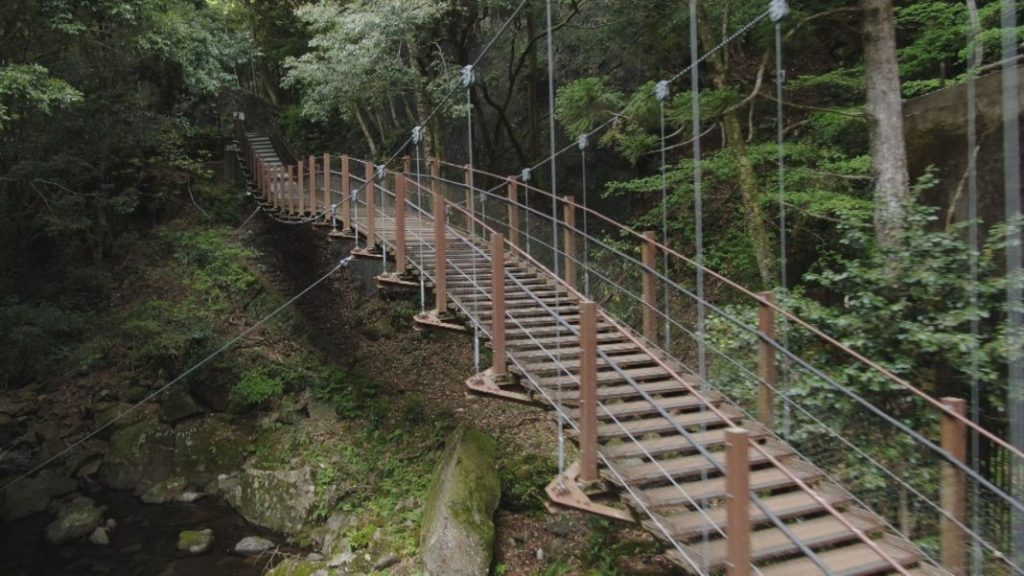
A suspension bridge and the first “single tower wave-form bridge” in Shizuoka Prefecture.
From this bridge you can get a clear view of the basalt formations (snake scales) of Hebidaru Falls. It’s a peculiar bridge, where the parts that you walk on are formed like stairs. Please give it a try.
Shokeidaru Falls

This 10-meter-high and 7-meter-wide waterfall is enhanced by the bronze statue The Dancing Girl and I.
Within the whole Kawazu Seven Falls tour, this waterfall offers the best spot for taking photographs. The road from the entrance of the Seven Falls to Shokeidaru Falls is paved, making it easily accessible on foot. Even if you don’t have the time to visit all seven of the waterfalls, we recommend coming to Shokeidaru, as it’s easy to get here. This waterfall often appears on television, together with Odaru Falls.
Kanidaru Falls
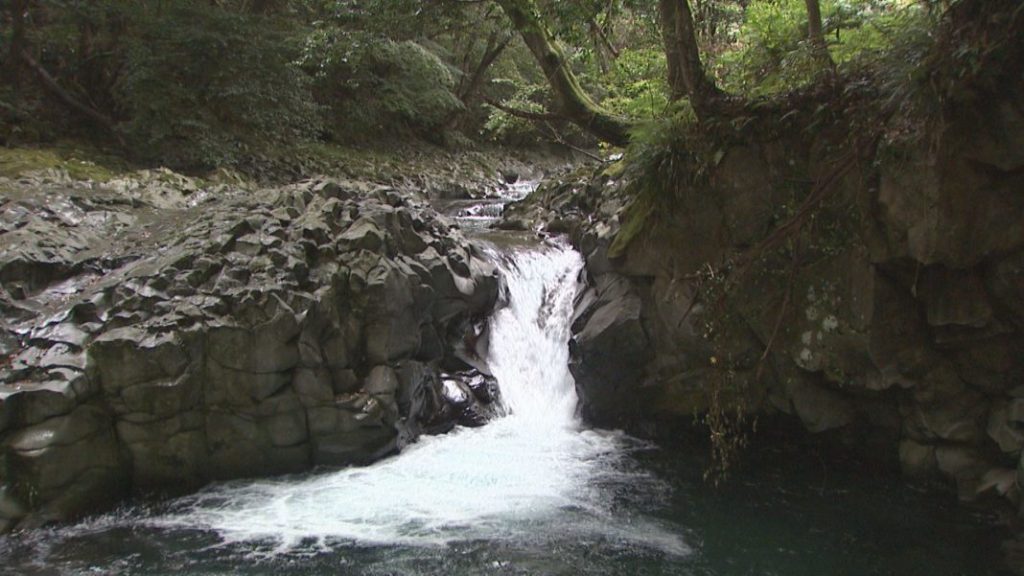
At just 2 meters high and 1 meter wide, it’s a small waterfall, tucked away in a beautiful mountain stream. This waterfall was named Kanidaru (lit. crab waterfall) due to the way the columnar joints were carved by the streams alongside the waterfall basin, creating bulges that look like crab shells. Although it’s a small waterfall, it’s distinguished by the beauty of the contrast created by the whiteness of the running waterfall set against the greenery of the mountain. It can be found along the promenade on the way to Shokeidaru Falls.
Deaidaru Falls
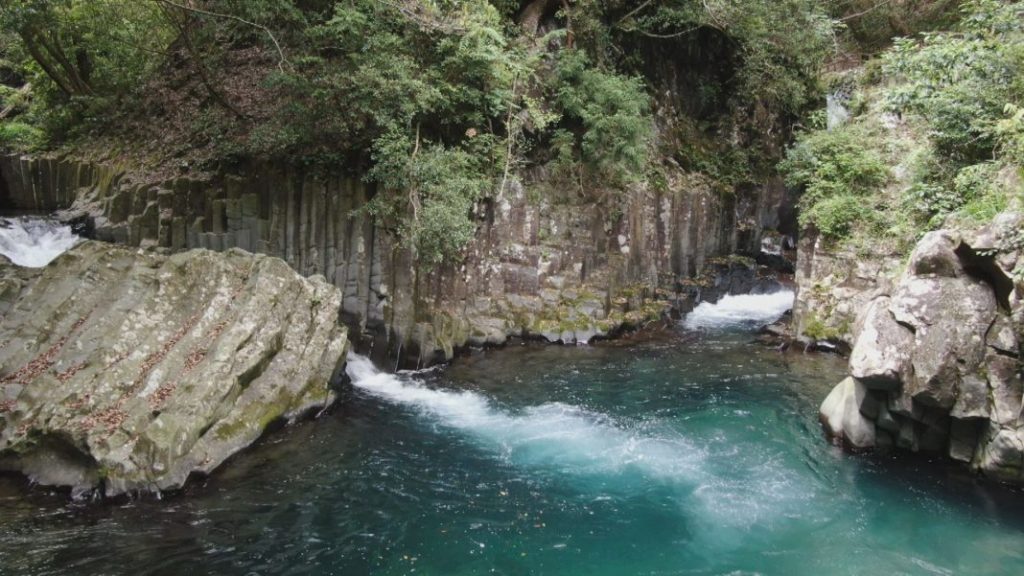
Two streams meet (deau in Japanese) and become one at this 2-meter-high, 2-meter-wide waterfall. The beauty of the striking blue running water draws you in, and the volcanic lava flows create magnificent columnar joints on either side of the waterfall.
Odaru Falls
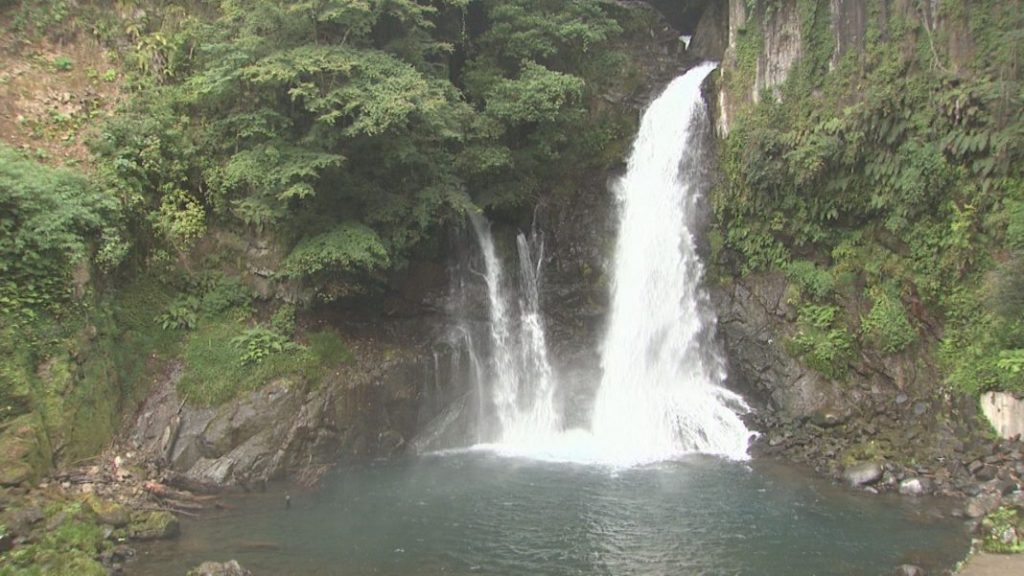
As its name would suggest, Odaru (which literally means “big waterfall”) is the tallest of the Seven Falls, with a height of 30 meters and a width of 7 meters. You can feel the negative ions throughout your whole body at this dynamic waterfall, with its beautiful columnar joints and hot spring water gushing forth from its side.
It maintains remarkable harmony with its natural surroundings, and has often been featured in movies and TV dramas. The Odaru promenade can only be walked during its opening hours. Make sure to check the hours, because they vary by season.
Wasabi Specialties
And now, the moment you’ve been waiting for – food!
Around the Seven Falls and at the eateries within the town, you can taste various dishes made with Kawazu Town’s specialty product of wasabi.
Wasabi Don rice bowls have become particularly popular, ever since they were featured on a popular gourmet TV show. Once you try it, you’ll be hooked for sure!!
It’s a simple dish – just some warm rice topped with freshly grated wasabi, dried fish flakes and a dash of soy sauce!
We hope your whole group will give it a try and have a great time.
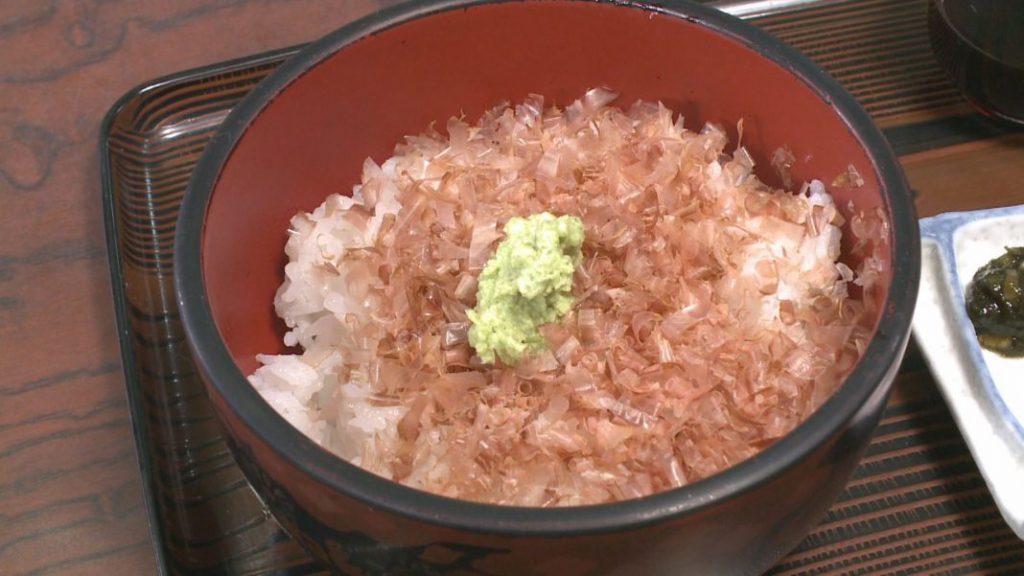
Summary
This is a very special place in Kawazu Town where you can experience the grandeur of nature while immersing yourself in the world of Kawabata Yasunari’s short story The Dancing Girl of Izu. In early spring, you can also enjoy the Kawazu-zakura cherry blossoms, so be sure to visit Kawazu Seven Falls, with all the manifestations of its beauty in spring, summer, fall, and winter.
I recommend wearing comfortable walking clothes and shoes.
